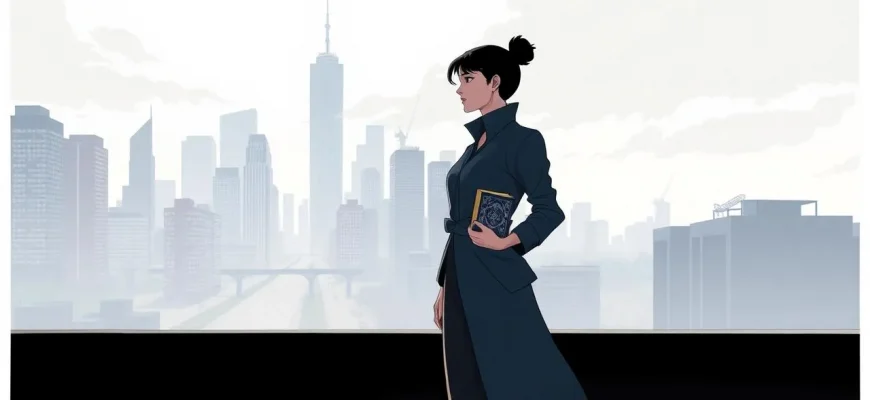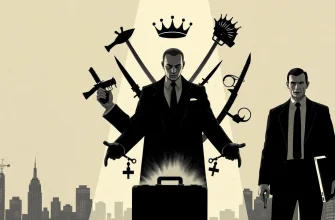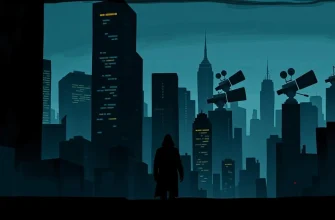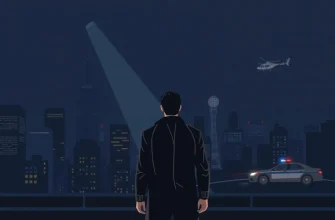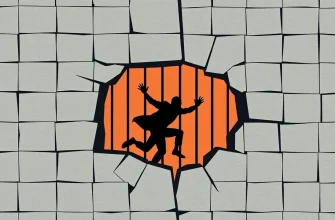Welcome to our curated list of crime films where the driving force behind the characters' actions isn't greed or revenge, but a deeply held ideological belief. These films delve into the murky waters of morality, justice, and the lengths to which individuals will go to uphold their convictions. Whether it's fighting against corruption, seeking social justice, or challenging oppressive systems, these movies offer a fascinating look at the intersection of crime and ideology.
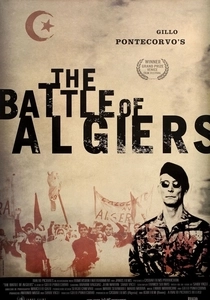
The Battle of Algiers (1966)
Description: This film portrays the Algerian struggle for independence from French colonial rule, focusing on the urban guerrilla warfare tactics used by the National Liberation Front. It's a raw depiction of how ideology can fuel a resistance movement.
Fact: The film was banned in France for five years due to its portrayal of the French military. It was also used by the Black Panthers as a training film for urban guerrilla warfare.
 Watch Now
Watch Now 
The Day of the Jackal (1973)
Description: A professional assassin is hired by a French paramilitary group to kill President Charles de Gaulle, driven by their ideological opposition to his policies.
Fact: The film was based on a novel by Frederick Forsyth, which was inspired by real assassination attempts on de Gaulle.
 Watch Now
Watch Now 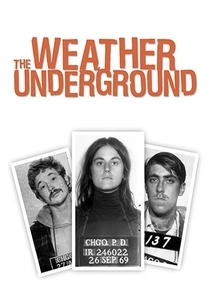
The Weather Underground (2002)
Description: This documentary examines the Weather Underground, a radical left-wing group in the U.S. during the 1960s and '70s, whose members believed in overthrowing the government through violent means to end racism and imperialism.
Fact: The film features interviews with former members of the group, providing a firsthand account of their motivations and actions.
 Watch Now
Watch Now 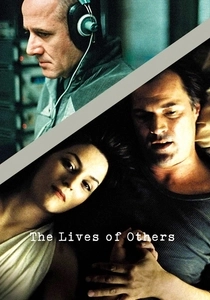
The Lives of Others (2006)
Description: Set in East Germany, this film follows a Stasi officer who becomes increasingly sympathetic to the people he's surveilling, highlighting the ideological conflict between state control and personal freedom.
Fact: The film won the Academy Award for Best Foreign Language Film and was praised for its nuanced portrayal of the Stasi's surveillance tactics.
 Watch Now
Watch Now 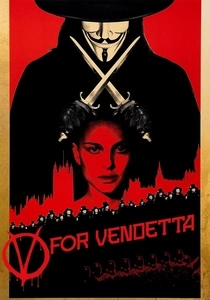
V for Vendetta (2005)
Description: In a dystopian future, a masked vigilante known only as "V" uses terrorist tactics to fight against a totalitarian regime, driven by his ideological beliefs in freedom and anarchy.
Fact: The film's iconic mask has become a symbol for various protest movements worldwide. It was adapted from a graphic novel by Alan Moore and David Lloyd.
 Watch Now
Watch Now 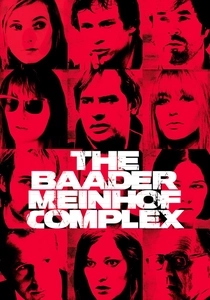
The Baader Meinhof Complex (2008)
Description: This German film explores the rise and fall of the Red Army Faction, a left-wing militant group in West Germany, highlighting their ideological motivations against capitalism and imperialism.
Fact: The film was nominated for the Best Foreign Language Film at the Academy Awards. It was also controversial for its portrayal of the group's violent actions.
 Watch Now
Watch Now 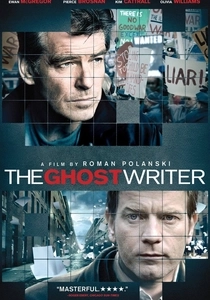
The Ghost Writer (2010)
Description: A ghostwriter uncovers dark secrets while working on the memoirs of a former British Prime Minister, revealing the ideological underpinnings of political decisions.
Fact: The film was Roman Polanski's first feature film in English since 1994's "Death and the Maiden."
 Watch Now
Watch Now 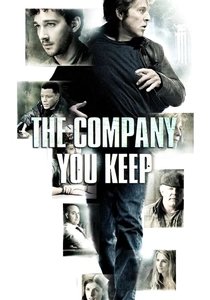
The Company You Keep (2012)
Description: A former member of the Weather Underground must go on the run when his identity is exposed, highlighting the lasting impact of ideological commitments from decades past.
Fact: The film features a cast of notable actors including Robert Redford, who also directed, and Shia LaBeouf.
 Watch Now
Watch Now 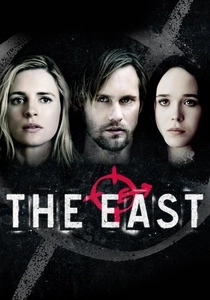
The East (2013)
Description: An undercover agent infiltrates an eco-terrorist group, only to find herself sympathizing with their cause against corporate greed and environmental destruction.
Fact: The film was inspired by real-life groups like the Earth Liberation Front, showcasing the ideological clash between environmental activism and corporate interests.
 Watch Now
Watch Now 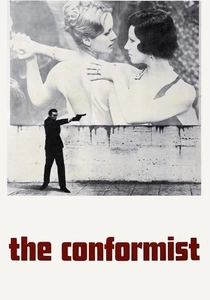
The Conformist (1970)
Description: An Italian film where a man, driven by his desire to conform to fascist ideology, becomes an assassin for Mussolini's regime, exploring themes of identity, conformity, and political ideology.
Fact: The film's cinematography by Vittorio Storaro is often cited as one of the best examples of the use of color in cinema.
 30 Days Free
30 Days Free 
